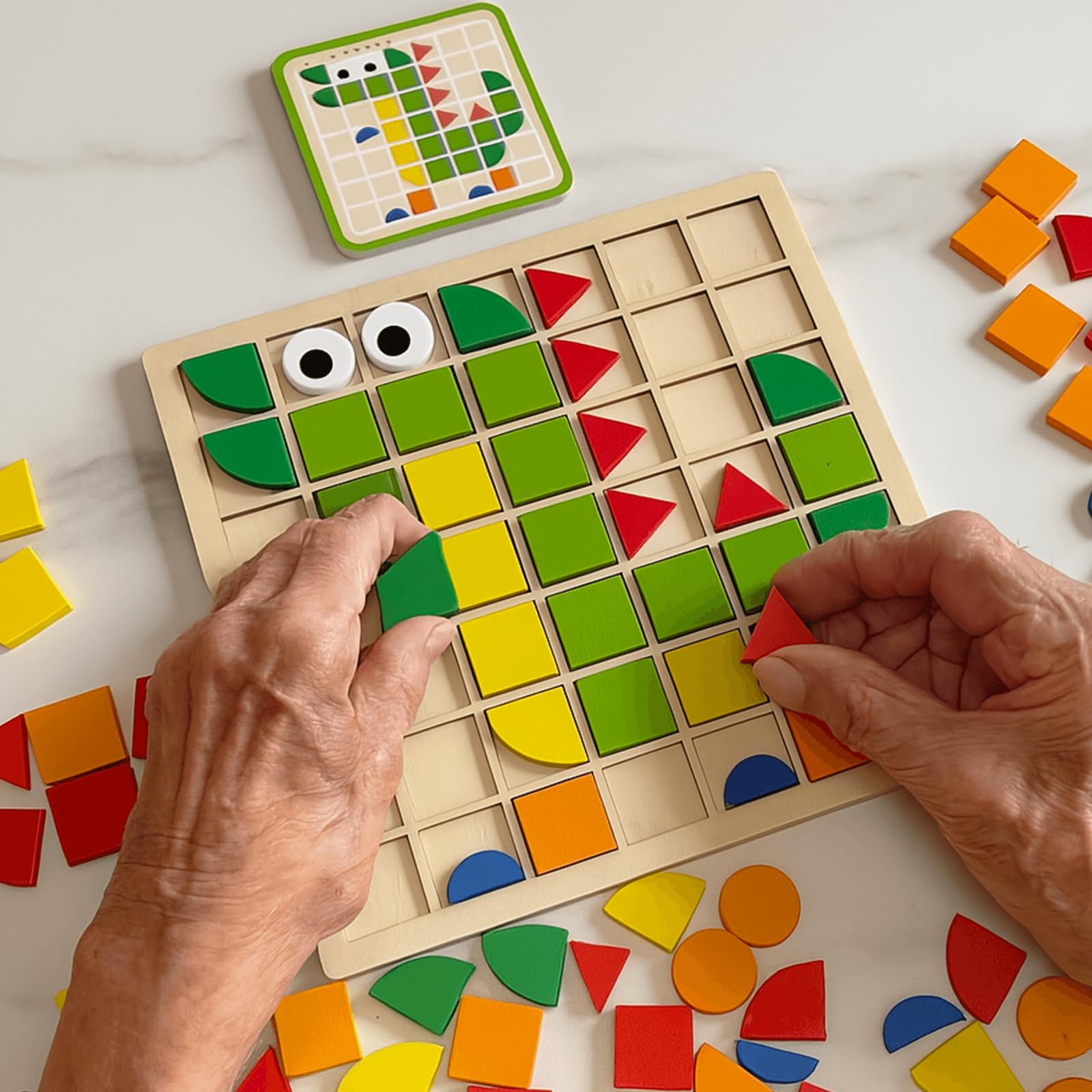What Working Memory Really Trains
Updated October 4, 2025
Working memory is more than “remembering things for a moment.” In cognitive science, it drives how we reason, multitask, and manage attention. This post dives into what working memory training *does* (and doesn’t) do, what gains are realistic, and how to apply those insights in your daily brain workouts.
1. What Is Working Memory?
Working memory is your mind’s “scratch pad” — the ability to hold and manipulate information over short intervals. Think: comparing two numbers, holding a phone number in your head, or reordering a set of steps.
Unlike long-term memory (storing facts), working memory is transient and dynamic. It’s central to reasoning, problem solving, and learning.
2. Core Functions It Supports
- Reasoning & Problem Solving: Manipulating information mentally (e.g. mental math, logic puzzles).
- Attention & Focus: Keeping relevant information active while filtering distractions.
- Multitasking (Switching): Handling multiple sub-tasks by holding interim results in mind.
- Decision Making: Weighing options by temporarily holding pros & cons in mental view.
- Language Processing & Comprehension: Retaining earlier parts of sentences or arguments while reading or listening.
Effective working memory is foundational to many higher-level skills. Training it helps these domains become more fluid.
3. What Working Memory Training *Can* Achieve
Based on research and practice, here’s what working memory drills may positively influence:
- Improved accuracy and speed in tasks similar to those trained (near transfer).
- Smoother mental juggling—e.g. holding intermediate steps in multi-step tasks.
- Stronger resistance to interference (distractions) when doing cognitive work.
What it likely won’t do:
- Guaranteed far transfer to entirely unrelated domains (e.g. turning memory training into instant language fluency).
- Immediate, dramatic IQ gains. Changes take consistency and time.
The best gains often come in cognitive *efficiency*—less mental friction, faster internal logic—rather than raw “super memory.”
4. Best Practices for Working Memory Training
Here are strategies to get meaningful gains (not just volume):
- Adaptive difficulty: Gradually increase challenge so you stay in the “sweet spot” (not too easy, not too hard).
- Varied tasks: Rotate among number memory, visual grid, n-back, sequence recall, etc.
- Short sessions, high frequency: 5–10 minutes daily beats an hour once a week.
- Interleaving & spacing: Mix different types and revisit tasks over intervals to boost retention.
- Reflect & review: After each session, note errors, struggle points, and patterns to guide future sessions.
Use our site’s memory drills like Dual N-Back or Visual Grid Memory to practice flexible WM training.
5. Real-World Benefits You May Notice
- Better focus in conversations or meetings—less forgetting mid-thought.
- Faster mental math or mental planning (e.g. grocery math, route planning).
- Improved multitasking ability when juggling email + reading + decision-making.
- Smoother learning of new skills (language, coding) by holding mapping rules in mind.
Pro Tip
The goal isn’t “more memory” but “less friction.” Over time, working memory training helps you think with less internal effort, leaving mental energy for creativity, decisions, and flow.
Try a memory drill →🧩 Recommended Brain Training Books & Memory Games
Disclosure: This section contains affiliate links. As an Amazon Associate, we earn a small commission from qualifying purchases at no extra cost to you — helping us keep this site free and fun for everyone.


